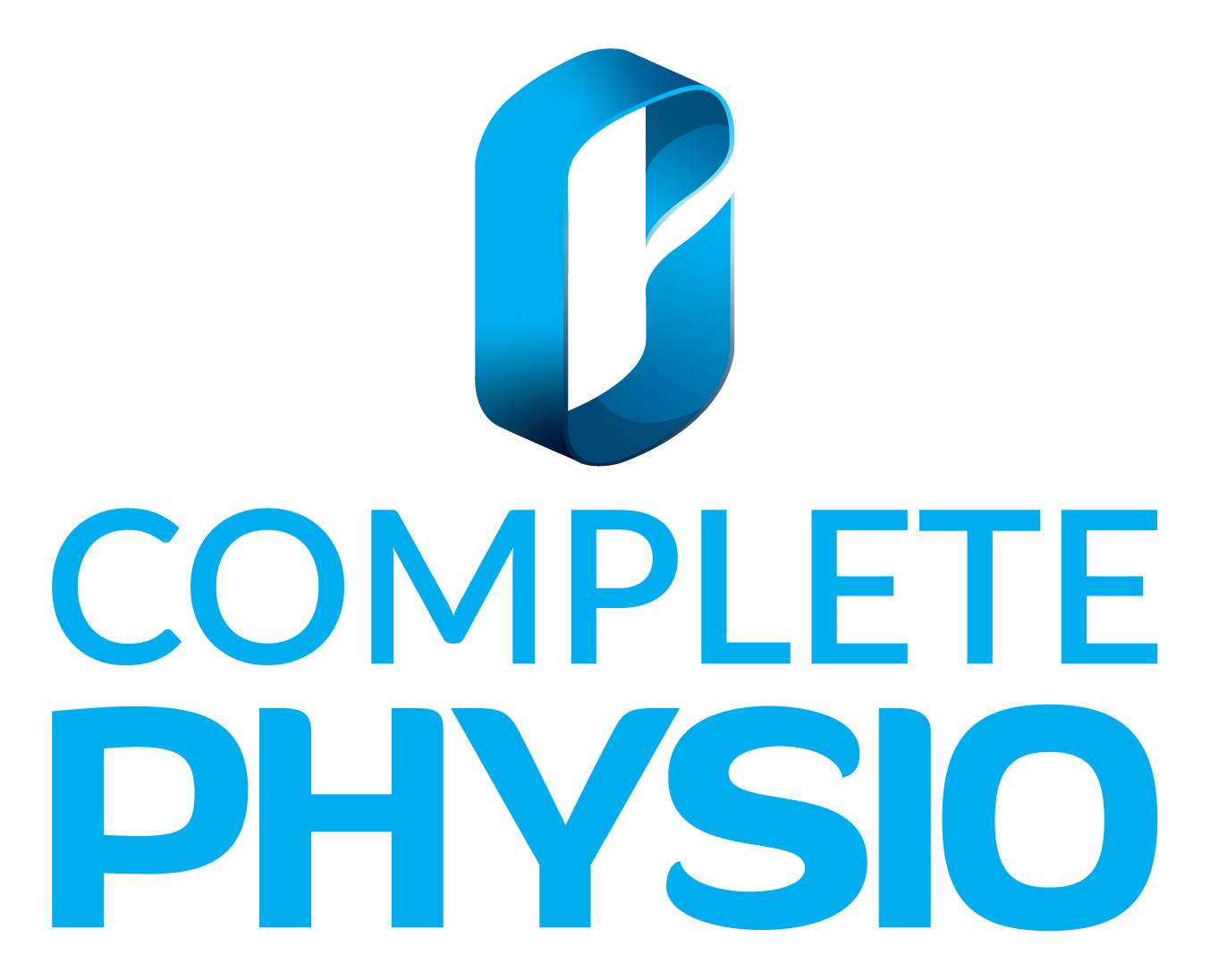CONDITIONS WE TREAT
Kirsty has extensive knowledge on how to diagnose and treat a large range of musculoskeletal injuries including those listed and more.
-
The shoulder is a very complex area of the body and requires an in-depth assessment for accurate diagnosis and management.
Injuries range from rotator cuff tears, bursitis, tendinopathy, dislocation, frozen shoulder and the list goes on.
-
Knee injuries range from the more severe meniscal tears and ligament ruptures to frustrating injuries such as runners knee or Osgood-schlatters.
If you have a serious ACC knee injury or a diagnosed ACL rupture, meniscal tear or patella dislocation you may be eligible for FREE physio under the new ACC Careway pathway. If you think this might be you, call Kirsty to find out more.
-
Spinal pain is the most common injury seen in physio clinics and affects up to 85% of the population. Physiotherapy can help improve pain, function and help prevent the injury from recurring.
-
The success and healing of a sports injury can be boosted with early physiotherapy treatment.
Physiotherapy advice on injury prevention strategies are essential to ensure you don’t lose more game time later in the season.
-
Hip and groin injuries are frequently seen in sports that involve twisting and turning, such as football.
They are also common among people who aren't involved in sports, often due to factors such as muscle imbalances, or everyday activities.
-
Ankle injuries are common and if not managed appropriately they can persist for months or recur and cause frustration.
-
Physio rehabilitation before and after surgery is essential for optimal outcomes.
Common surgeries that require rehabilitation are shoulder, knee, lumbar spine and ankle.
-
Headaches have been called ‘the most common complaint of civilised man’ and they affect two-thirds of the population.
There are many different causes of headaches but if your headache is associated with neck pain or restrictions in neck movement then physiotherapy can help.
-
A pregnant woman has an increased susceptibility to injuries, especially around the back and pelvic joints. This is partly due to the tilting that occurs in the sacrum, and partly due to a loosening of the ligaments due to increased levels of the hormone relaxin.


